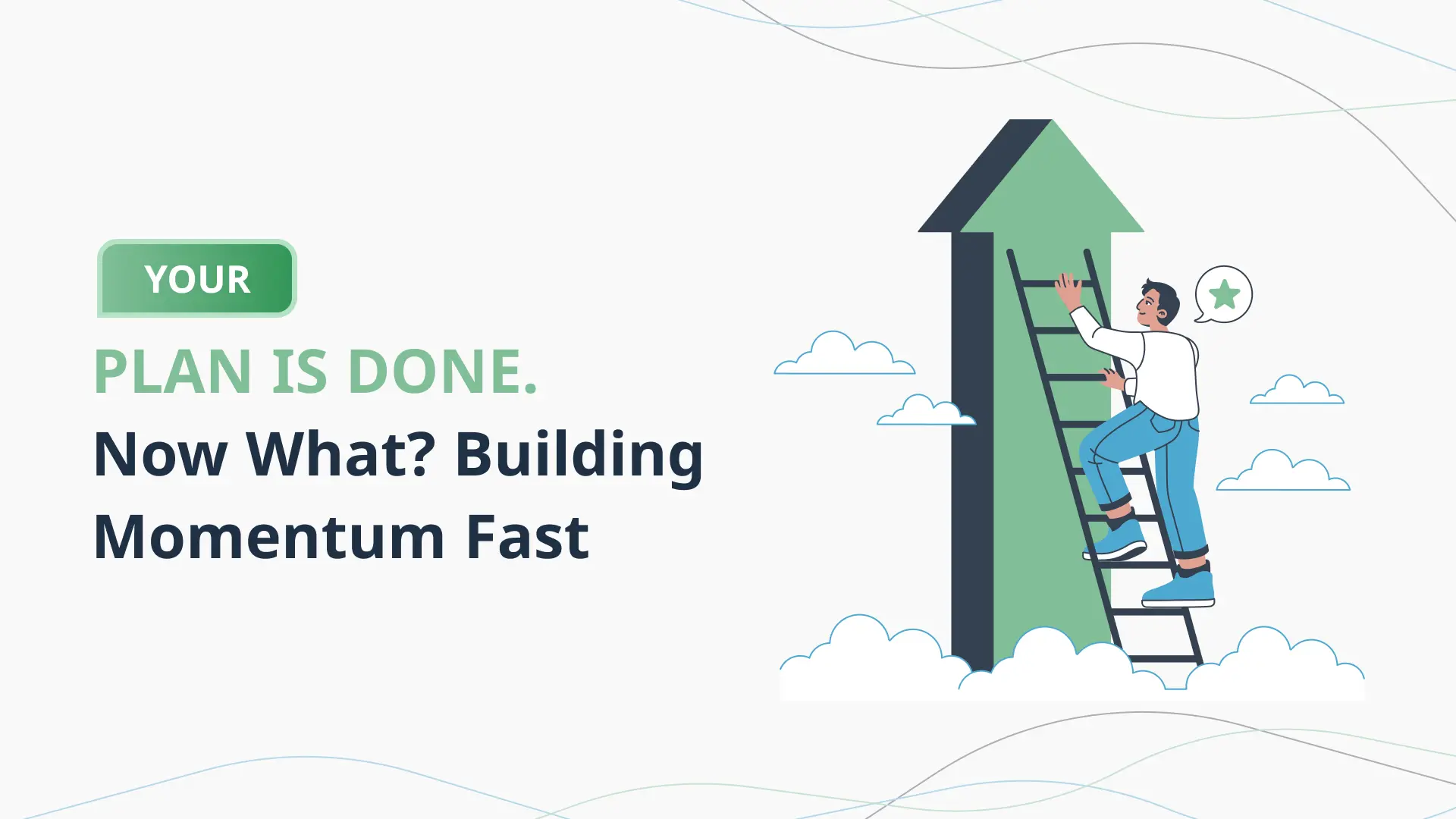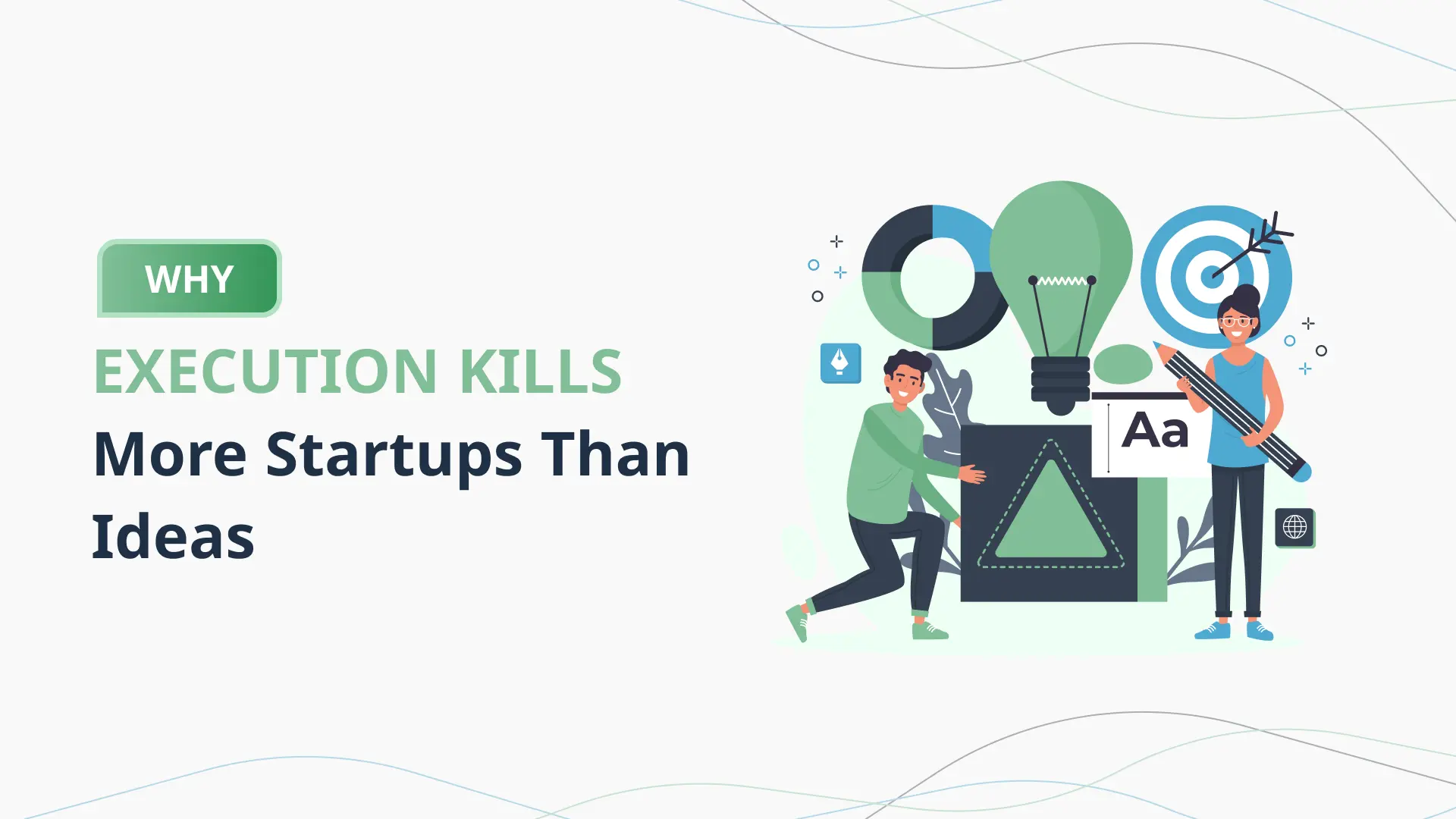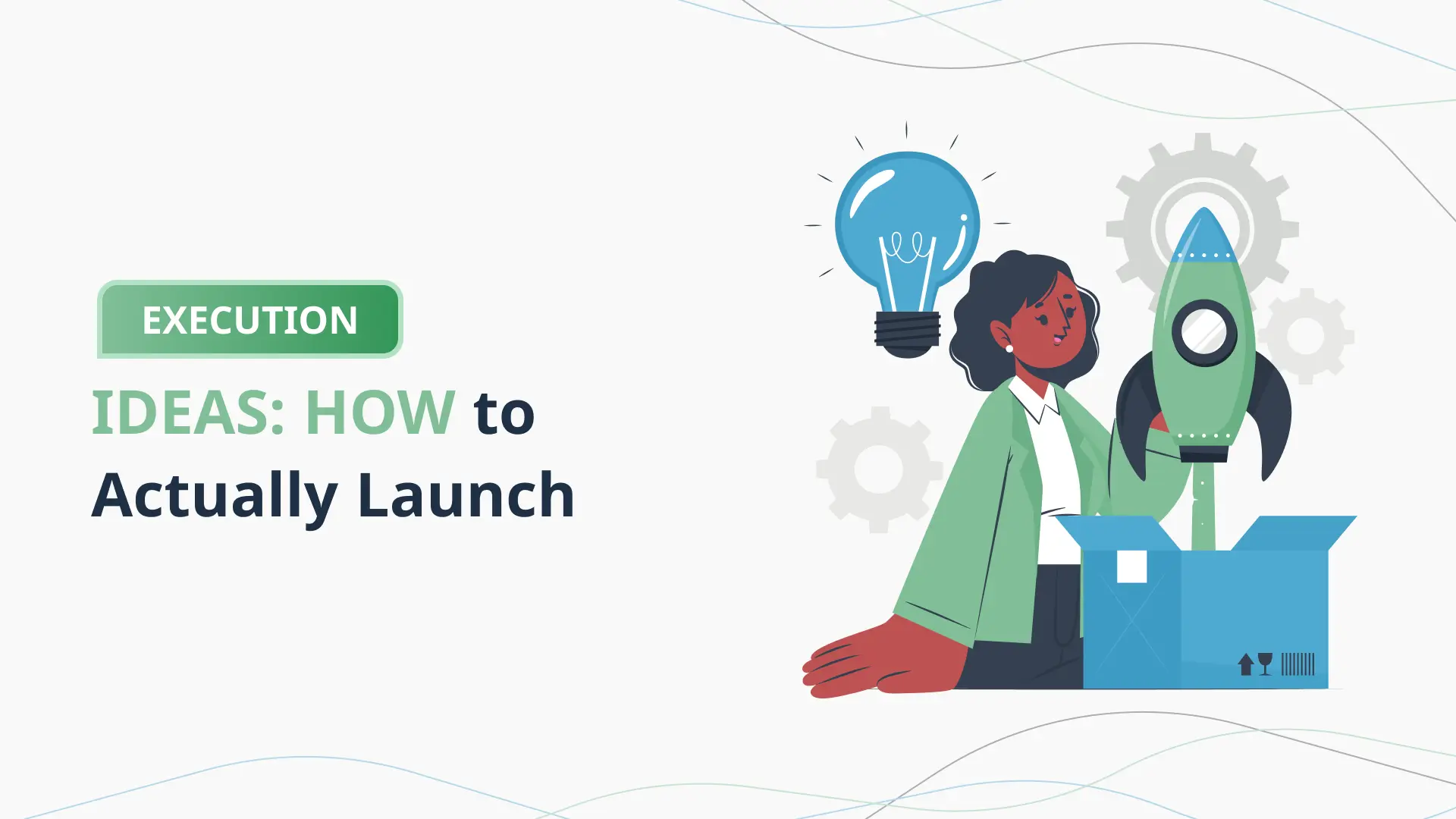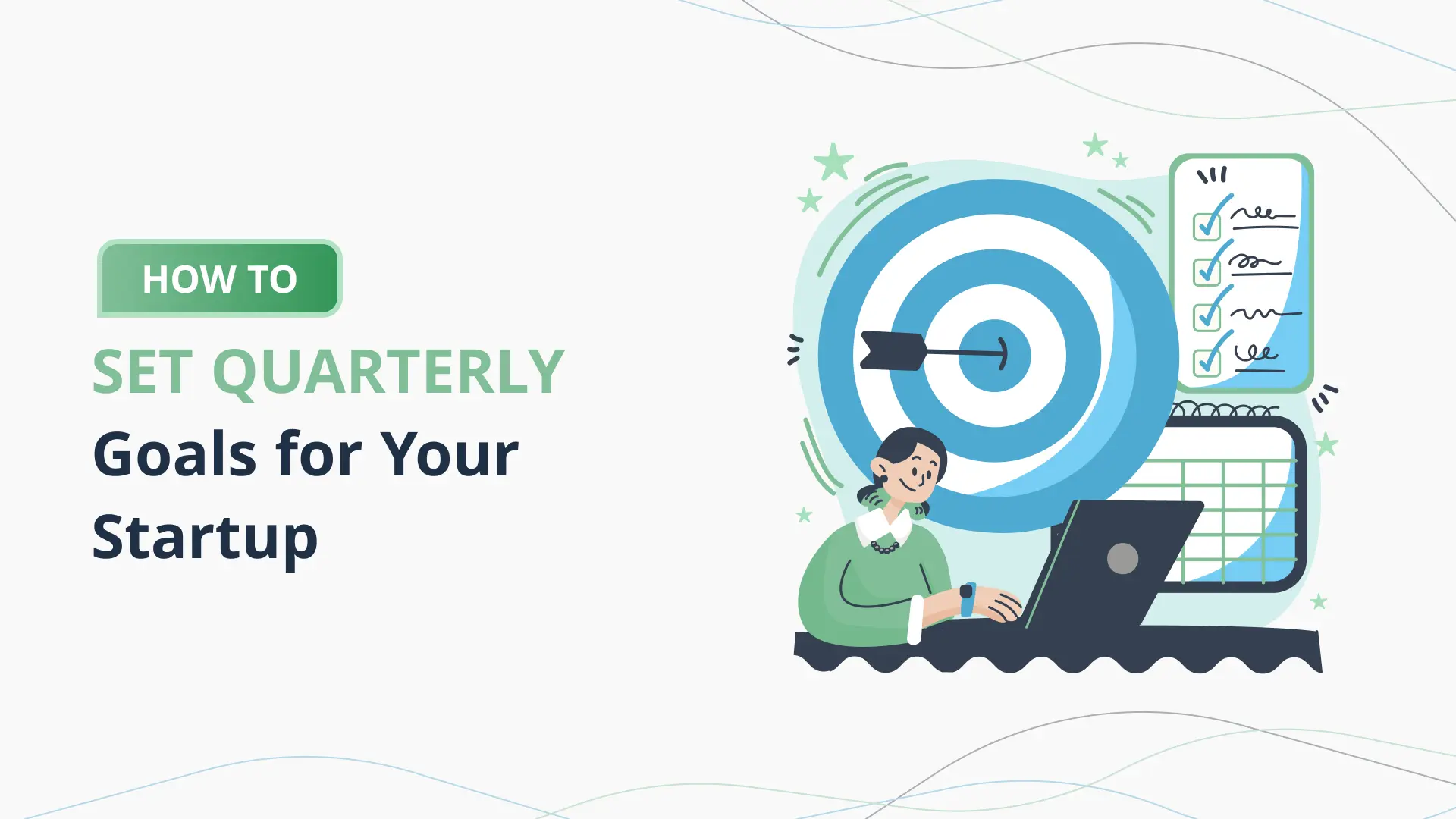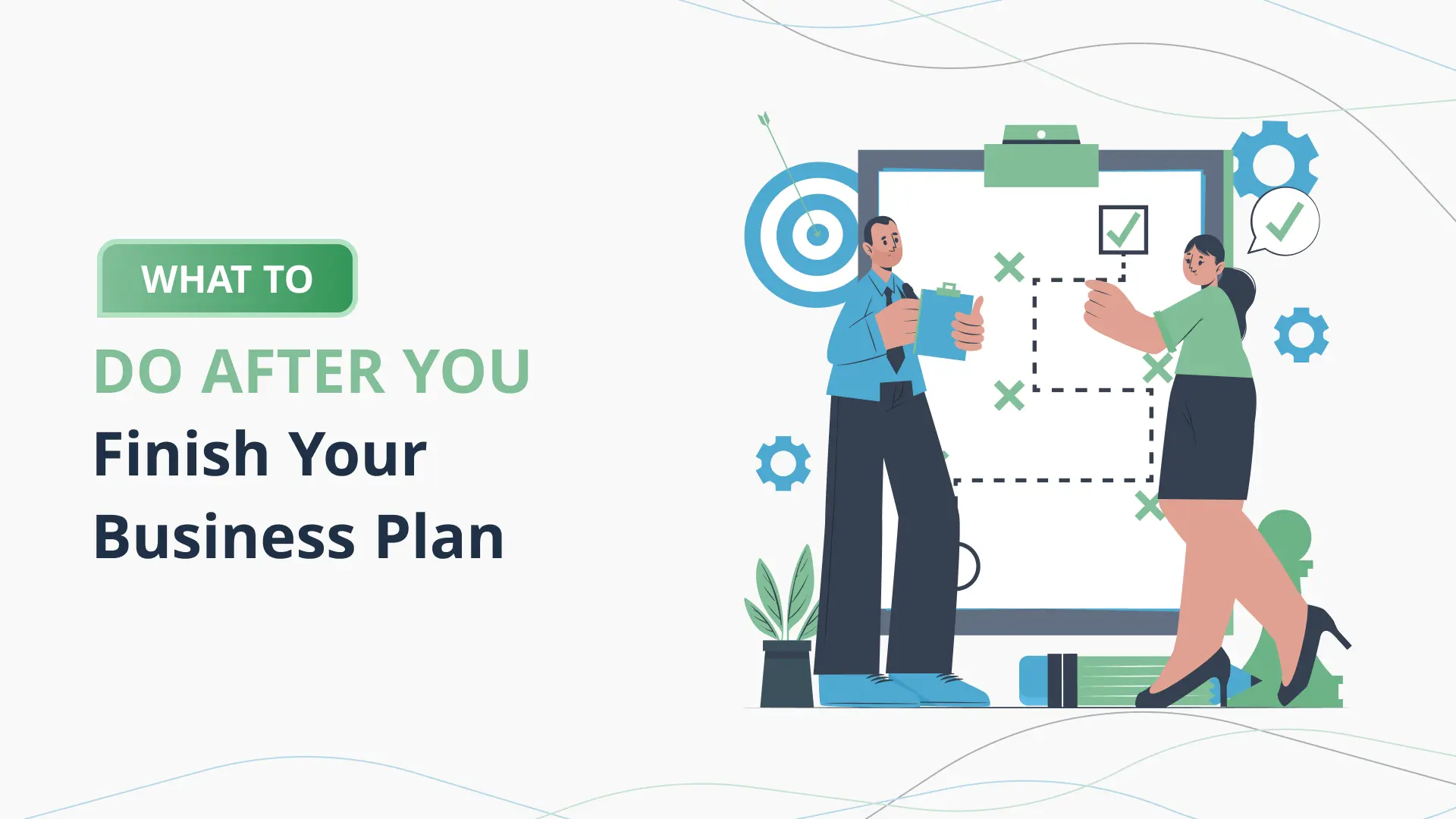How to Build a Scalable Business from Day One
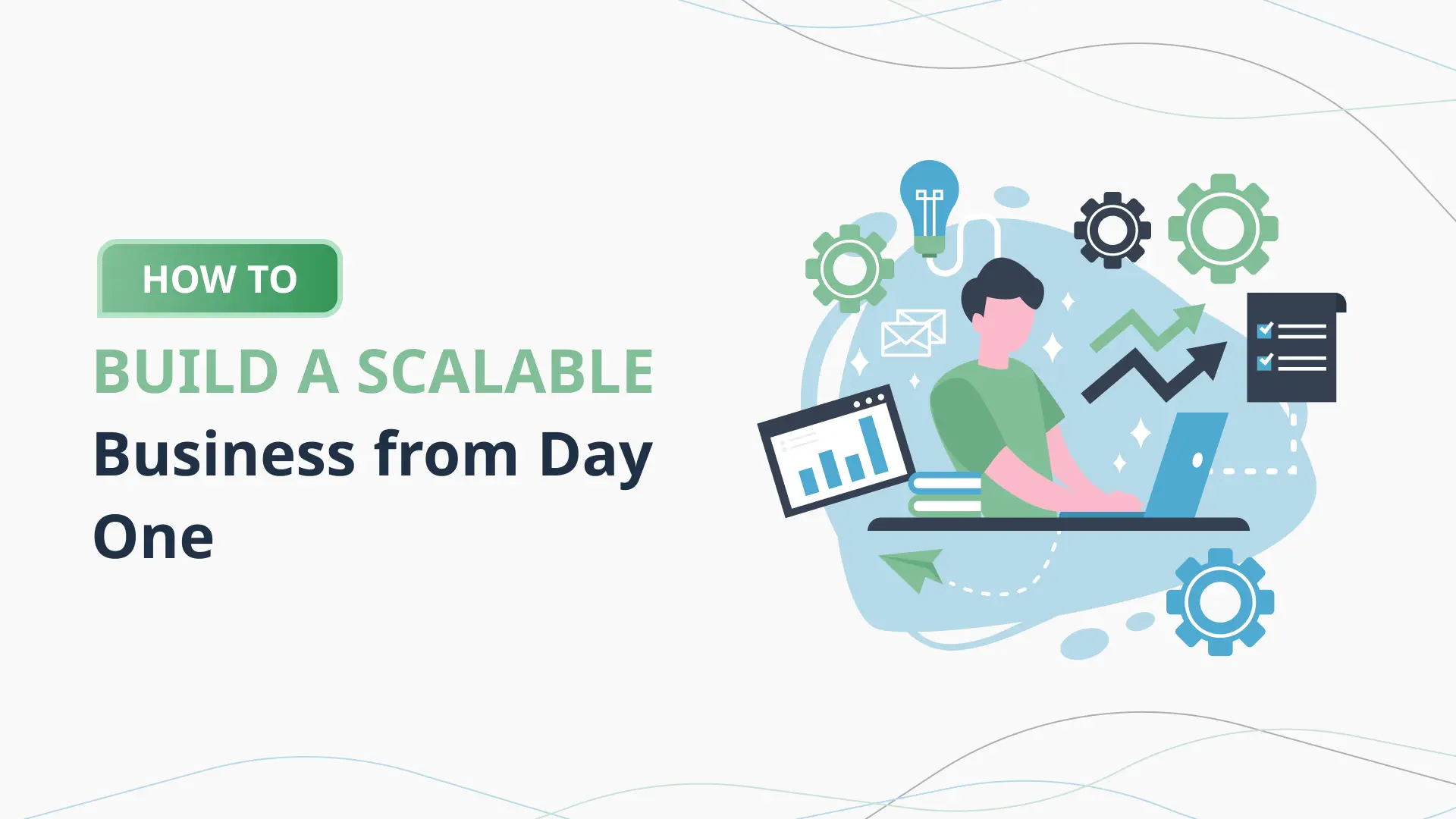
Introduction
Starting a business is exhilarating. It’s a leap into the unknown, driven by passion, innovation, and a desire to make an impact. But in today’s fast-moving economy, launching a startup is no longer just about having a great idea—it’s about setting up that idea to grow and thrive. This is where scalability enters the picture. Building a scalable business from day one isn’t just a smart strategy; it’s essential for survival and long-term success.
So, what does it mean to build a scalable business? In essence, it’s about creating a business model, infrastructure, and operational processes that can handle growth efficiently. Imagine having a product that suddenly goes viral. Can your business keep up with the surge in demand without breaking the bank or burning out your team? Scalability ensures you can say “yes” to that question. It allows your company to expand output and reach without a corresponding spike in costs. A truly scalable business can serve more customers, generate higher revenue, and enter new markets—all while maintaining or even improving profitability.
Many entrepreneurs make the mistake of focusing solely on launching. They aim to get to market fast, attract early customers, and generate quick revenue. While these are important milestones, they often come at the cost of building sustainable systems. Without a scalable foundation, early success can actually be detrimental—leading to operational bottlenecks, customer dissatisfaction, and even failure. That’s why it’s crucial to integrate scalability into your strategy from the get-go.
The good news? Technology has leveled the playing field. With access to powerful tools and platforms, even bootstrapped startups can design operations that are lean, flexible, and scalable. Automation, cloud computing, and AI-powered solutions like the PlanVista app allow founders to plan, execute, and grow more intelligently. These tools take the guesswork out of growth and offer frameworks for managing everything from business planning to customer engagement.
Take, for example, a startup offering a subscription-based digital product. With the right business model, robust customer support system, and automated billing software, this business can handle a tenfold increase in users without hiring a dozen new employees. That’s scalability in action. And it’s not limited to tech companies. Restaurants, retailers, consulting firms—any business can be designed to scale with the right strategy.
Throughout this guide, we’ll explore the core components of building a scalable business. You’ll learn how to craft a business model that grows with you, use technology to your advantage, develop scalable marketing strategies, and leverage tools like the PlanVista business plan generator. By the end, you’ll not only understand what scalability looks like—you’ll have a clear roadmap to build it into your startup from day one.
Are you ready to build something that doesn’t just launch—but lasts? Let’s get started.
Crafting a Scalable Business Model
A business model isn’t just a plan on paper—it’s the strategic engine behind your company’s ability to generate revenue, serve customers, and grow. When your goal is scalability, your business model must be designed to expand without being weighed down by complexity or cost. This section will walk you through the foundational elements of a scalable business model and how to make decisions that fuel long-term growth.
First, start with your value proposition. What unique problem are you solving, and how is your solution better, faster, or more affordable than the alternatives? A scalable value proposition addresses a widespread need and has mass-market potential. Think Uber, Dropbox, or Canva—they solve problems that millions of people have, in a way that’s easy to scale globally.
Next, focus on revenue streams. A scalable business doesn’t rely on a single source of income. It diversifies—whether through subscriptions, one-time sales, licensing, or partnerships. Recurring revenue models, in particular, offer predictability and compounding returns. For example, SaaS companies benefit from monthly subscription fees that build over time, allowing them to scale without constantly chasing new customers.
Your cost structure is another pillar of scalability. A lean, variable cost model is far easier to grow than one tied to heavy fixed costs. You want to avoid scaling up your expenses as fast as you scale your revenues. Outsourcing, dropshipping, and cloud services are examples of scalable infrastructure that grow with demand, rather than ahead of it.
Customer segmentation plays a critical role too. Don’t try to appeal to everyone from day one. Instead, identify a niche market where your offering can gain traction and dominate. Once you’ve nailed that segment, you can expand to adjacent markets. This focus prevents spreading your resources too thin and sets the stage for targeted growth.
Then there are your channels—how you reach and deliver value to customers. Scalable businesses often rely on digital channels like social media, email marketing, and online platforms. These allow you to reach thousands or even millions of customers with minimal incremental effort or cost. Building a digital-first go-to-market strategy ensures you’re not limited by geography or headcount.
Real-world example? Shopify. It started as a platform for small businesses to sell online but built a model that lets it scale with every new store launched. As each merchant grows, Shopify grows with them—without having to reinvent the wheel for each customer. That’s scalability in its purest form.
And this is where tools like the PlanVista app become indispensable. With its AI business plan tool, you can outline each of these model components, test scenarios, and generate a data-backed strategy that aligns with your growth goals. It ensures your startup planning tool doesn’t just look good—it functions as a living document that evolves with your business.
When you build a scalable business model, you’re not just starting a business—you’re building a platform for future growth. It’s the blueprint that transforms a bright idea into a thriving enterprise.
Leveraging Technology and Automation
In today’s hyper-competitive landscape, technology isn’t just an asset—it’s the backbone of scalability. Leveraging the right tools and automating key processes can drastically reduce overhead, streamline operations, and prepare your startup for rapid growth. For any entrepreneur building a scalable business from day one, embracing tech and automation is non-negotiable.
Let’s start with the core idea: automation frees you from the grind of repetitive tasks. Think of all the manual processes that eat up your time—sending follow-up emails, managing invoices, tracking leads. Now imagine those tasks happening automatically, accurately, and around the clock. That’s the power of automation. It enables you to do more with less, freeing up human resources to focus on innovation, strategy, and customer experience.
One of the first tools any scalable startup should consider is a Customer Relationship Management (CRM) system. A CRM consolidates customer data, tracks interactions, and streamlines communication. Whether you’re nurturing leads or handling support, a good CRM ensures no one falls through the cracks. Popular options like HubSpot and Salesforce are scalable from small teams to large enterprises, giving you room to grow without switching systems.
Another critical component is Enterprise Resource Planning (ERP) software. While it may sound like something only big companies use, modern ERPs are modular and cloud-based—perfect for startups. ERPs integrate functions like inventory, accounting, HR, and supply chain management into one system. This holistic view of your business operations helps you spot inefficiencies and scale smarter.
Marketing automation is equally important. Tools like Mailchimp, ActiveCampaign, and Buffer allow you to automate email campaigns, social media posts, and lead scoring. With the right setup, you can onboard new customers, educate leads, and re-engage past buyers—all without lifting a finger. These automated touchpoints build trust and drive conversions while you sleep.
And then there’s the power of data analytics. Scalable businesses make decisions based on data, not gut feelings. Platforms like Google Analytics, Mixpanel, and Tableau offer insights into customer behavior, product performance, and marketing ROI. By understanding what’s working and what’s not, you can pivot quickly and optimize for growth.
Of course, none of this is useful without a strategic framework—and that’s where PlanVista shines. As an AI business plan tool, PlanVista doesn’t just help you create a business plan; it integrates automation into your planning process. The app analyzes your inputs, forecasts outcomes, and offers data-driven suggestions for integrating technology into your model. It’s like having a tech strategist built into your startup planning tool.
Real-world example? Consider an e-commerce brand that automates everything from order processing to customer service using chatbots and fulfillment integrations. As orders increase, the systems scale—no need to hire dozens of new employees. That’s the dream: a business that grows without friction.
By leveraging technology and automation early, you’re not just working smarter—you’re laying the groundwork for effortless expansion. The right tech stack transforms your startup into a scalable machine, ready to handle whatever growth comes next.
Building a Strong Team and Culture
Financial Planning and Management
If you’re serious about building a scalable business, you need to get serious about your numbers. Financial planning isn’t just for accountants or investors—it’s the lifeline of your business. Without a clear financial roadmap, even the most promising startups can run out of cash, misallocate resources, or fail to scale effectively. Good financial management doesn’t just keep the lights on—it drives decision-making, growth, and resilience.
Start with budgeting. A solid budget gives you visibility into your income, expenses, and cash flow. It’s not about penny-pinching—it’s about understanding where your money is going and how it’s working for you. Your budget should be dynamic, not static. Update it regularly based on actual performance and new opportunities. This keeps your business agile and your strategy grounded in reality.
Next, prioritize cash flow management. In startups, cash is king. You might be profitable on paper but still go under if you can’t pay your bills on time. Monitoring your cash flow helps you anticipate shortfalls and adjust spending accordingly. Use forecasting tools to map out expected inflows and outflows. If you know a cash crunch is coming in three months, you can take action today—whether that’s cutting costs, delaying purchases, or accelerating receivables.
Another crucial component is financial reporting and analysis. This includes your income statement, balance sheet, and cash flow statement. These documents aren’t just for tax season—they provide ongoing insights into your business’s health. They help you spot trends, track KPIs, and justify strategic decisions. A data-driven financial approach builds credibility with investors and keeps your team aligned with financial goals.
Scalability also depends on having a funding strategy. Whether you’re bootstrapping, raising venture capital, or applying for loans, you need a clear plan. Understand how much capital you need to hit your next milestone—and what that capital will be used for. Over-funding too early can dilute your equity; under-funding can stunt your growth. A balanced approach ensures you scale at the right pace.
Now, consider how financial tools and software can support this process. Platforms like QuickBooks, Xero, and Wave make it easier to track expenses, send invoices, and reconcile accounts. But beyond bookkeeping, you need a strategic layer—something that ties finances back to your business model. That’s where PlanVista becomes a game-changer.
With PlanVista’s AI-powered business plan generator, you can integrate financial planning into your startup roadmap. The app helps you project revenue, plan expenses, and simulate different growth scenarios. This isn’t just helpful for internal planning—it’s vital for pitching to investors, applying for grants, or securing partnerships. With financial insights built right into your PlanVista-generated plan, you’re always ready to make informed decisions.
Look at companies like Airbnb or Stripe. Their scalability wasn’t just due to clever products—it was also their financial discipline. They planned meticulously, allocated capital wisely, and adjusted strategy based on financial performance.
Bottom line? If you want to scale your business, you need to scale your financial IQ. Plan wisely, track relentlessly, and your business will have the financial backbone to support exponential growth.
Marketing and Customer Acquisition Strategies
You can build the most scalable product in the world, but if no one knows it exists, it won’t matter. Marketing and customer acquisition are the engines that drive growth—and for a business designed to scale, these engines need to be smart, cost-effective, and built for scale from the start. The goal isn’t just to get customers—it’s to get them consistently and at a lower cost as you grow.
The foundation of scalable marketing lies in understanding your ideal customer profile (ICP). Who are you targeting? What are their pain points, behaviors, and decision-making processes? With a laser-focused ICP, you can craft messages that resonate deeply and convert efficiently. Avoid the temptation to market to “everyone”—broad targeting dilutes your efforts and increases acquisition costs.
Once your target audience is clear, focus on digital marketing channels. Unlike traditional advertising, digital platforms like Google Ads, Facebook, Instagram, LinkedIn, and YouTube allow precise targeting and detailed analytics. These platforms let you test messages, track performance in real time, and scale your best-performing campaigns with just a few clicks.
Content marketing is another pillar of scalable growth. Blog posts, videos, podcasts, webinars—these assets work 24/7 to attract, educate, and convert leads. High-quality content builds trust and authority, helping your brand rise in search engine rankings and establish a loyal following. And once created, a piece of content can be repurposed across multiple channels—maximizing ROI with minimal incremental effort.
Don’t underestimate the power of email marketing and automation. Once a lead enters your funnel, nurture them with relevant, timely content. Set up automated drip campaigns that guide prospects through the buyer journey, answer objections, and showcase your value. Tools like Mailchimp, ConvertKit, and HubSpot let you build sophisticated, scalable email sequences without constant manual input.
Another powerful tactic is referral and affiliate programs. Turn your existing customers into your marketing force. Offer incentives for referrals and build partnerships with influencers or affiliates who align with your brand. This approach scales naturally—especially when your product or service creates a “wow” experience that people want to share.
To truly scale your acquisition efforts, leverage data and analytics. Tools like Google Analytics, Hotjar, and SEMrush help you understand where traffic comes from, which campaigns are converting, and what’s holding prospects back. Use these insights to double down on what works and fine-tune what doesn’t. In scalable marketing, decisions should always be data-driven.
This is where the PlanVista app stands out once again. Beyond business planning, PlanVista helps startups outline their marketing strategy and budget within a scalable framework. It guides you in selecting the right acquisition channels based on your industry, budget, and goals. Plus, it integrates performance forecasting so you can see how customer acquisition impacts your growth trajectory over time.
Conclusion
Scaling a business isn’t about chasing growth at all costs—it’s about building a foundation so solid that growth becomes a natural, manageable progression. From your business model and technology stack to your team, finances, and marketing strategy, every element must be designed with scalability in mind from day one. The truth is, scalable businesses don’t just happen—they are planned, built, and refined with intention.
Throughout this guide, we’ve explored the multifaceted journey of scaling a business. It starts with a sound business model that is agile, revenue-diverse, and value-focused. It leverages technology and automation to do more with less, freeing your team to focus on strategic growth. It builds a strong, adaptable team aligned with your company’s mission and values. It incorporates disciplined financial planning to ensure every dollar is working efficiently. And it implements smart, data-driven marketing strategies that attract and retain the right customers at scale.
But perhaps the most important takeaway is this: scalability is not a destination—it’s a mindset. It’s about anticipating growth and preparing for it, not reacting to it. It’s about systems over shortcuts, strategy over scramble, and sustainability over speed. Entrepreneurs who adopt this mindset early are far more likely to create businesses that not only grow—but thrive long into the future.
This is where tools like PlanVista become indispensable. With its AI-powered business plan generator, the PlanVista app doesn’t just help you craft a business plan—it equips you with a startup planning tool that evolves with your goals. Whether you’re preparing for launch or scaling to new markets, PlanVista provides the insights, templates, and forecasting capabilities to guide your every move. From modeling financial scenarios to planning team expansion or optimizing customer acquisition, PlanVista is your strategic co-pilot in building a scalable business.
Imagine the peace of mind that comes from knowing you’re not guessing—you’re growing strategically. That’s the power of combining entrepreneurial ambition with data-driven planning. That’s the power of PlanVista.
So what’s next? Whether you’re just getting started or refining an existing venture, now is the time to think bigger—and smarter. Use the strategies outlined in this guide to audit your current business approach. Identify areas where you can introduce automation, tighten financial control, or clarify your marketing message. Then, plug into tools like PlanVista to build out a plan that scales with you.
FAQs
Building a scalable business means creating a model that can grow without a proportional increase in costs or resources.
Focusing on scalability from day one helps ensure long-term growth, operational efficiency, and readiness for increased customer demand.
PlanVista provides an AI-powered business plan generator that helps founders strategize, forecast, and scale their operations with data-backed insights.
A scalable business model includes diversified revenue streams, low marginal costs, automation capabilities, and a clear value proposition.
While not all business models are naturally scalable, most can be redesigned or enhanced with the right tools and strategies to support scalable growth.



